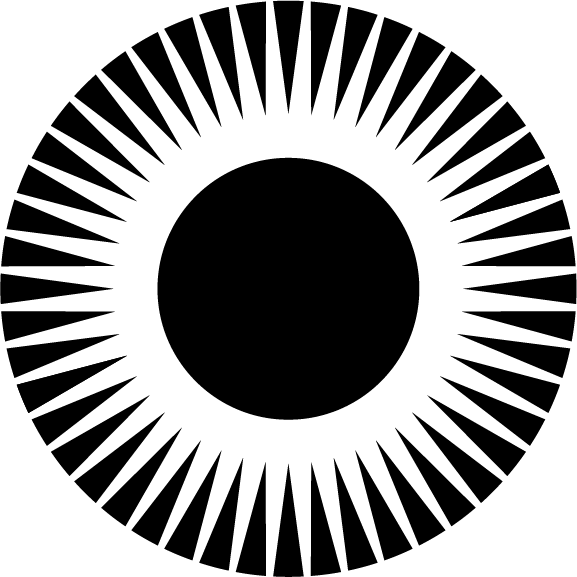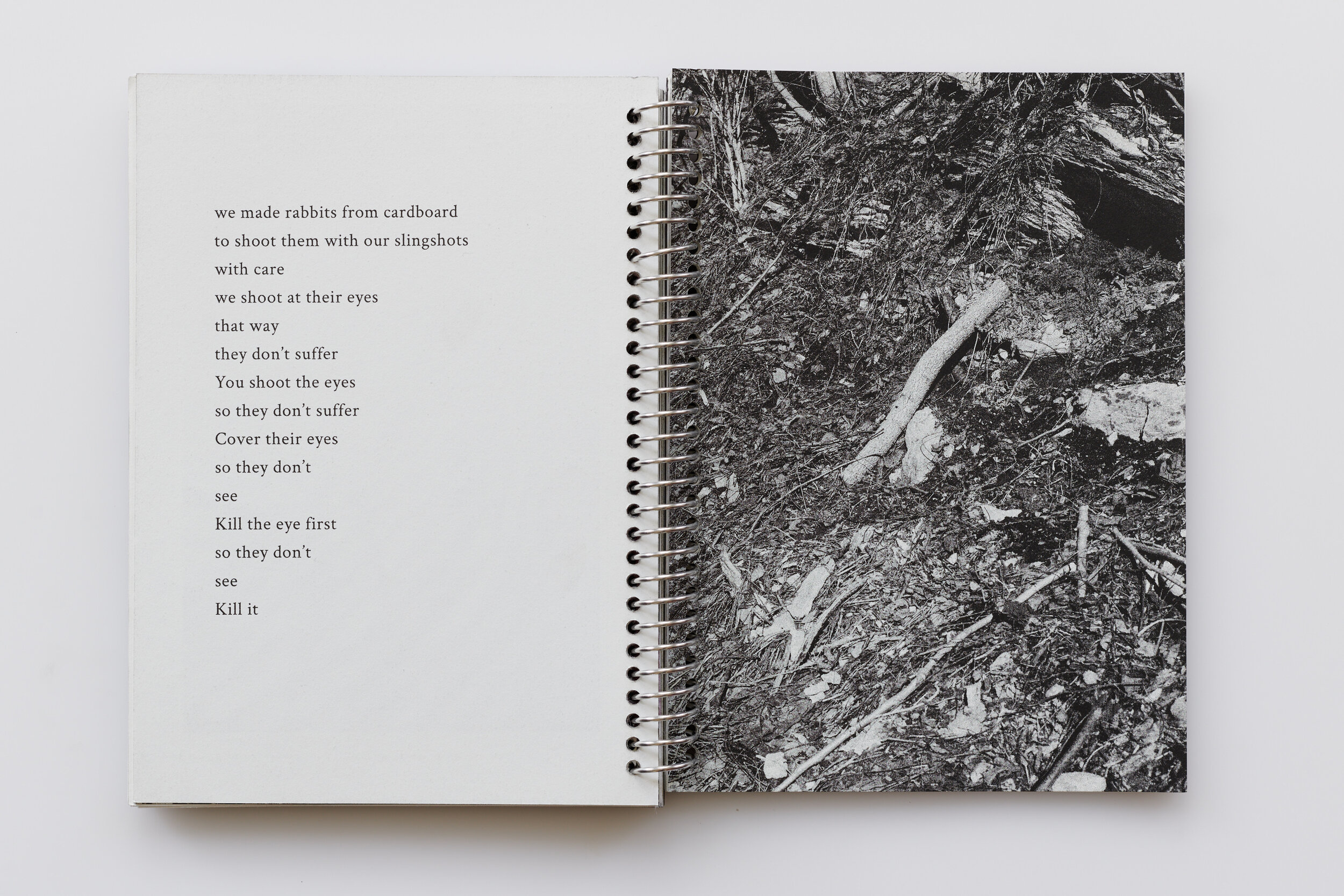Residency Program
Penumbra Foundation Risograph Residency
About the Residency
The Risograph Residency provides the opportunity for artists to propose a photographic project to produce in print form, at our Risograph facilities in New York City. It is particularly well suited to the production of small edition photographic artist’s books.
Q&A Session:
Monday January 8th, 2024.
Details
Call for proposals: Summer 2025 Risograph Residency applications are open February 1st, 2025
Application deadline: March 15th, 2025 11:59PM(PST)
Application Fee: Free
Jurors: TBA
Project Specifics:
The following are the guidelines for all 2025 risograph resident projects:
Printing: Risograph ME9450 Duplicator (2 Drum).
Ink colors available: Black, Bright Red, Purple, White, Yellow and Metallic Gold.
Book trim size: 9” x 12” (portrait format).
Pages: 40 - 80 pages (20 – 40 sheets).
Paper: Mohawk Superfine 80T.
Endpaper: Mohawk Carnival/Via 70T.
Cover Stock: Mohawk Carnival/Via 80C.
Binding: Perfect.
Cover Finishing: softcover with Foil-stamp.
Edition Size: 100 copies.
Benefits:
Resources, assistance, and time, to produce a small edition risograph project at the Penumbra Foundation Risograph Facilities, in NYC.
A budget to be allocated to the production of the proposed project to cover the costs of ink, paper, and binding, as needed and deemed appropriate to the project.
A basic overview of the operation and use of the ME9450 Risograph.
A review of the project, with potential for critical feedback.
“Press Time” will be determined based upon individual proposals and may vary; residents are to be allotted roughly one month to produce their projects in June, July, or August of 2025.
Distribution and promotion of a project.
Requirements:
Artists will be required to donate 40% of the edition produced during the residency, to the Penumbra Foundation library; for future educational use, as well as promotion of the residency program, and to be sold to support the costs of future residents.
Artists will be responsible for all housing and transportation costs throughout the residency.
Artists will be expected to complete their proposed projects to the best of their ability.
All 2025 Residents will be expected to present their projects at a group event open to the public, in September 2025, at Penumbra Foundation in NYC.
How to Apply
Application Requirements:
A written project proposal. Please note that all projects must be photographic in nature.
Supporting Images of the project, including any existing mock-ups, pdfs, or maquettes that may be relevant to the project’s form as a book, or in print. (15 – 30 images).
Details of prior experience (if any – this is not a requirement) with print and book production and risograph printing.
A statement of why the proposed project might be well suited to Risograph reproduction.
For questions about the program or the application, please email: Lisa di Donato lisa@penumbrafoundation.org
Risograph photobooks by: Eva Alcántara, Alex Mctigue, Erik Hagen, Ryan Frigillana (2021 resident).
Notes on the Risograph Process
Risograph is a stencil based printing process. It is similar to silkscreen, in that the illusion of tone can be rendered via halftone dots. However, risograph offers a higher resolution than silkscreen: generally in the range of 40 – 100 lpi [Fig. 1]. While it is possible to print with multiple colors, a ‘standard’ (CMYK/RGB-like) color reproduction is not possible with Penumbra’s ink set. However, non-standard combinations of two (duotone) or three (tritone) colors of ink can be achieved [Fig. 2].
For those interested in exploring how their work might translate to reproduction with non-standard ink sets, we recommend checking out Spectrolite and color/shift.
Fig. 1: Examples of common halftone dot patterns for Risograph.
Fig. 2: Examples of color separations made for Risograph ink sets.
















